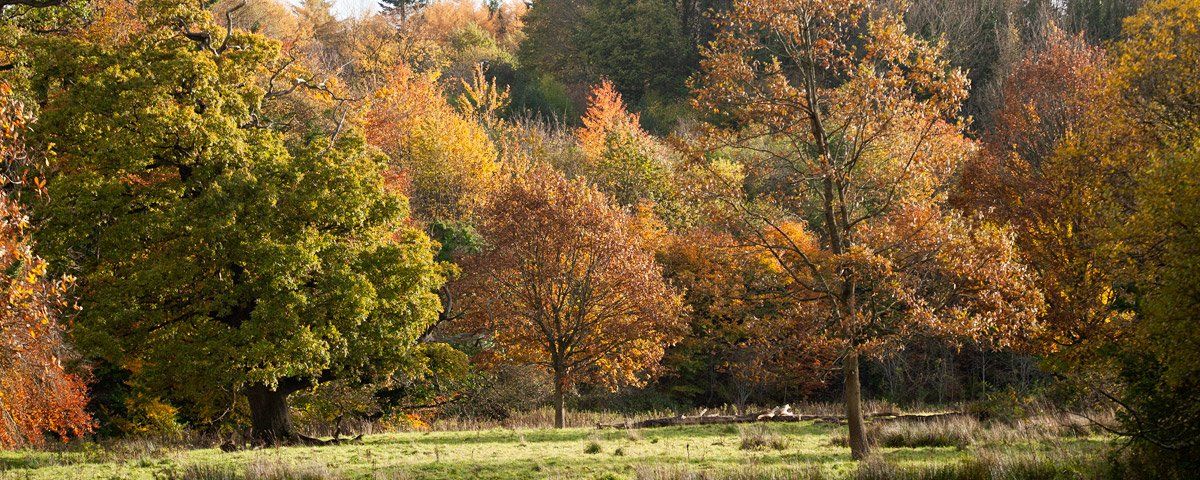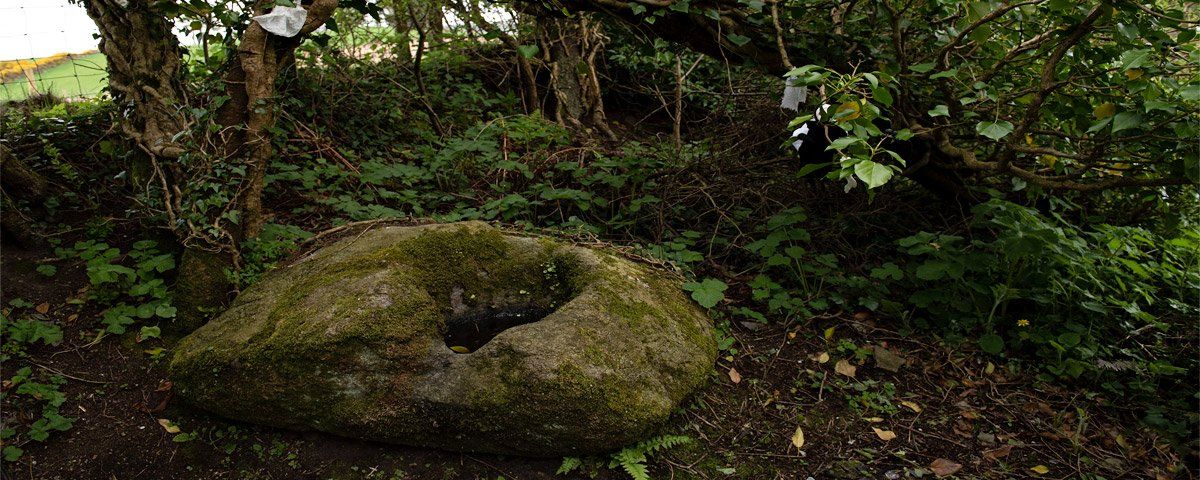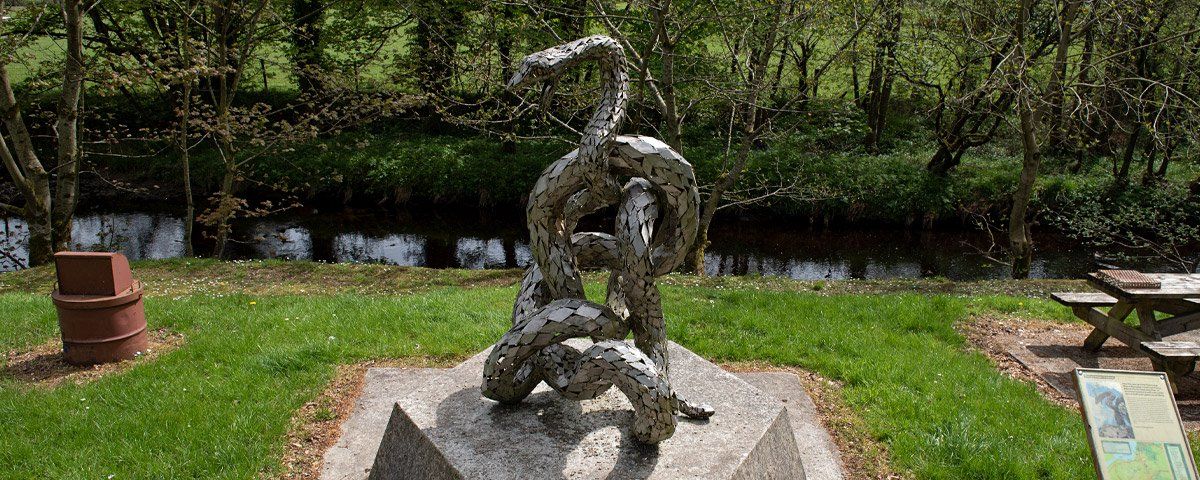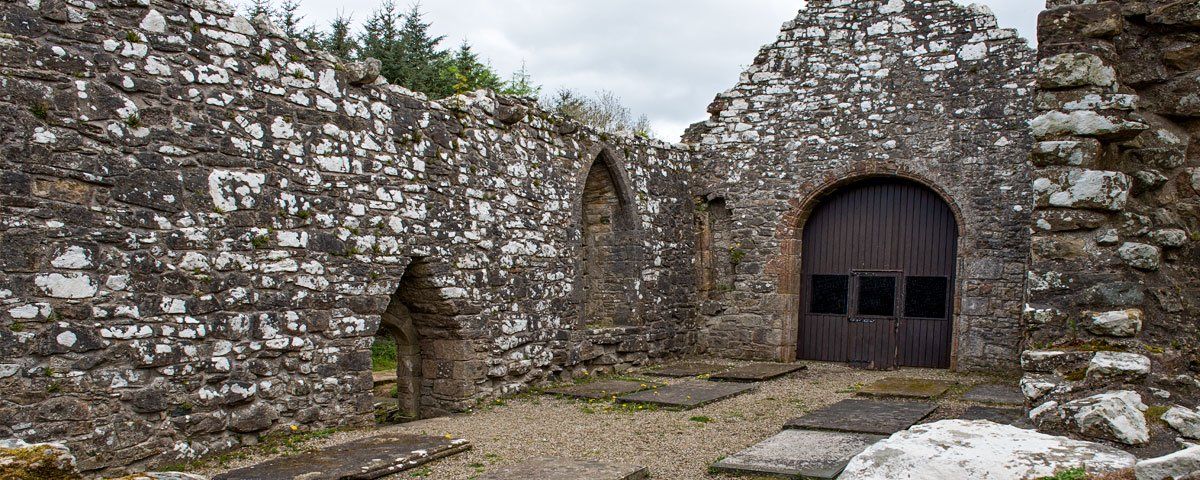Length of Drive
29 miles / 47 kilometers
Route Description
A good two way 'B' road from Limavady climbs up the valley to Dungiven and back down the other side to Limavady. It is signposted on the Limavady bypass where it starts and finishes. Great drive for exploring off the beaten track locations and lots of interesting detours to be enjoyed.
If you miss the signs, the route follows the Baranailt Road (B69) then you follow the Drumrane Road which will take you up one side of the Roe valley to Dungiven. Dungiven is where three rivers merge, the Roe, Owenreagh and Owenbeg, it is on the main road from Londonderry to Belfast. From Dungiven you will follow the Ballyquinn Road (B68) back down the other side of the valley to Limavady. The river has a reputation to be good for salmon and sea trout and there are a couple of great locations where you can stop off to enjoy it. The scenic route is also the access route for the Roe Valley Country Park which is signposted, this is a fabulous setting with walks stretching over 10km beside the river.
It also provides one of the few natural semi whitewater rivers for kayaking in Northern Ireland, a cafeteria is onsite and the Green Lane Museum. You can find more history about the location on the main menu under Limavady. The Country Park can also be accessed from both sides of the river giving you the choice of visiting it first or last. Approximately 800 metres past the Roe Valley Country Park turn off, on the left-hand side of the road you will see a green wooden signpost for Carrick Rocks Footbridge. This will lead you down to a small car park and access to the upper end of the Country Park at the Carrick Rock Gorge, a very picturesque deep gorge with trees on both sides of the river.
The gorge was carved by water during the last ice age. A short flight of steps will take you down to a footbridge erected in the early 1900s for people to cross the river to the parish church of Carrick. The listed bridge has a unique double-span bowstring construction and has been carefully restored for public use, it can only carry a maximum of ten people at any one time. A tranquil and beautiful location where you can enjoy good riverside walks, you can also walk from or to the main Roe Valley Country Park from here on both sides of the river. Leaving Carrick Rock you then get back on the main road and head towards Dungiven, when you come to the small village of Burnfoot there is a road sign which points to Bovenagh Old Church, this is another beautiful location with a secluded 16th-century ruin.
The site at Bovevagh (House or Church of Maeve) goes back to an early monastic settlement. One unique feature here, and the oldest visible part of the site, is a mortuary house which dates to circa 13th century. This is a small building, at one end there is a hole big enough for a hand to pass through. An early Christian practice was to place the body or relics of a saint inside. Pilgrims would come and reach in to touch the remains of a holy person, the earth from inside is believed to have miraculous properties. You will find similar places at St Aidan's and Banagher Old Church. Bovenagh Old Church is approximately 1 mile up the road on the right-hand side and very easy to miss as there are no road signs for it.
A small lane leads up to the ruin, it is possible to back a car into this or park on the roadside. A very interesting ruin in a beautiful secluded setting. The next location is the rural town of Dungiven which is on the main Derry to Belfast road, here you will find Dungiven Castle, the present building dates to the 1800s but the site is much older, you can find out more information about the area on the main menu under Dungiven. Dungiven Priory is well worth a visit if you enjoy ancient sites, it was an Augustinian priory which dates to around 1100 AD. The chancel of the priory contains an ornate tomb reputed to be that of an O'Cahan chief who died in 1385.
If you want to go inside the chancel of Dungiven Priory (photo below) to take a closer look at the ornate tomb you will need to visit during the published opening hours of Saturday and Sunday 2 pm – 4 pm, outside of these hours you can make prior arrangement with Limavady Council Offices (+44 (0) 28 777 60650 ) or Environment and Heritage Service (Tel. 028 7772 2074) who have a warden that can open it by request. Outside the library on Main Street, you will find a sculpture of 'Finvola' by the artist Maurice Harron, there are also places to have some refreshments or food before you continue. While still in the area it is well worth a short detour along the Feeny Road which is just outside the town on the Derry Road. About 2.5km along here you will find Feeny Picnic site on the left-hand side.










